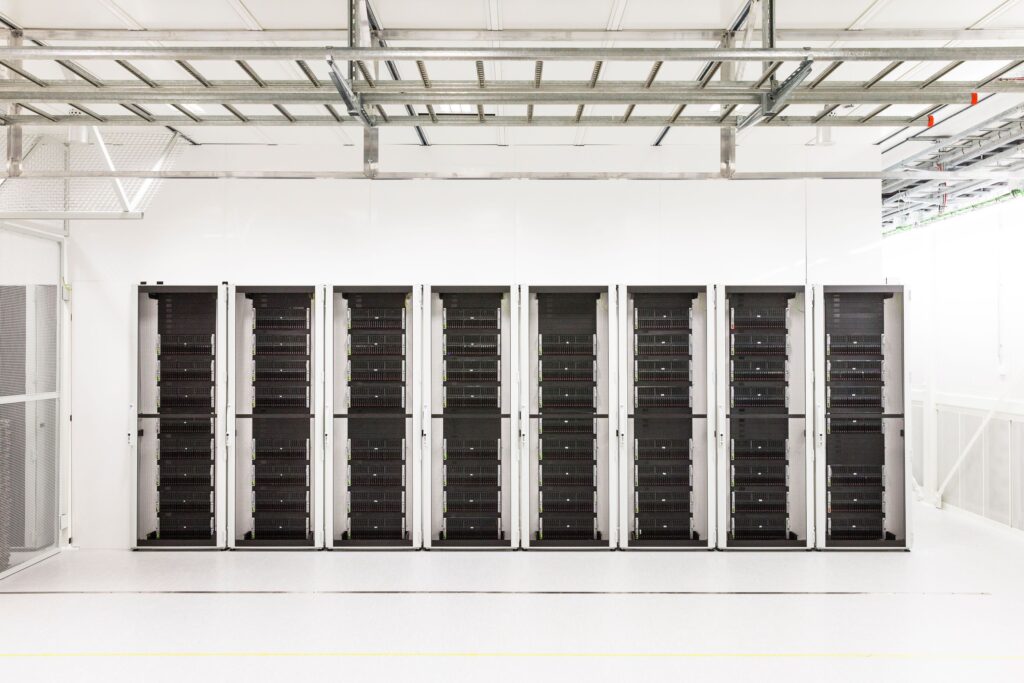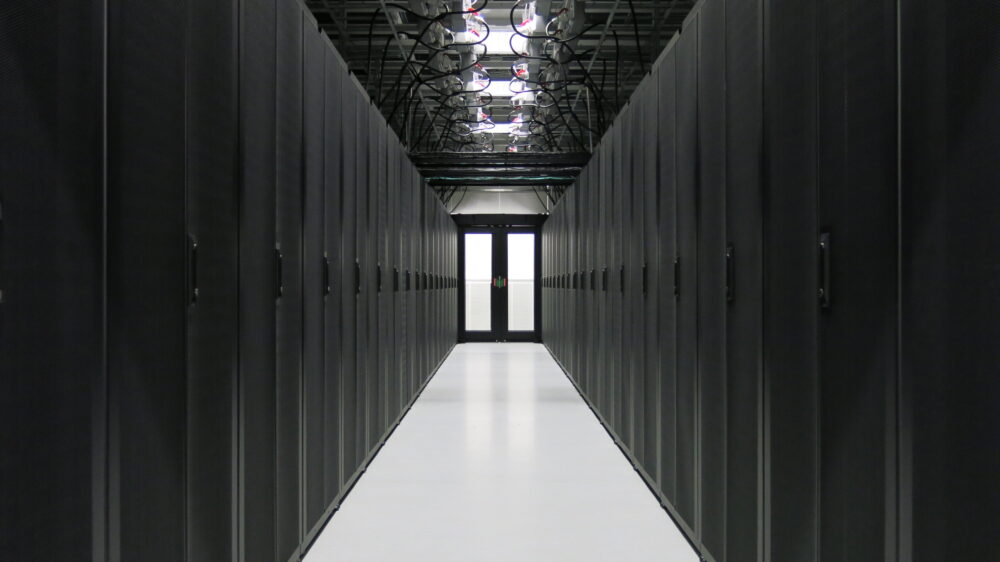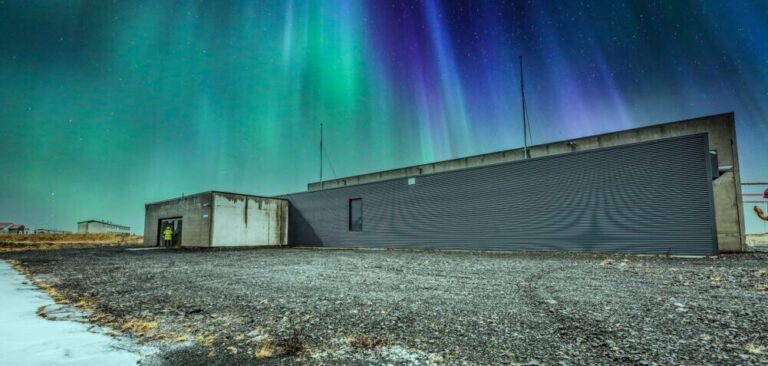In a relatively short space of time, big data, high-performance computing (HPC) and AI have revolutionized a wide array of industries, not least of which is meteorology. In heavily forested Finland, where storms and falling trees often cause power cuts, researchers at the Finnish Meteorological Institute and Aalto University are using new AI and machine learning models that can predict storms up to 10 days in advance – enabling power companies to prepare repair crews before the storm has even happened.
Advances in predictive weather modeling have also helped reduce the damage from extreme weather, inform climate-smart building and development, and optimize efficient crop production while minimizing carbon pollution. AI algorithms are even being applied to improve wildfire risk management, combining AI and Earth observation – which uses remote-sensing technologies to gather information about the planet’s physical, chemical and biological systems – to enhance the mapping and monitoring of wildfires.
Carbon cost of meteorological AI
But despite its many benefits, all of this technology-driven innovation doesn’t come without a carbon cost. The enormous computing power needed for machine learning and deep learning applications equates to markedly high energy consumption. When you add to that the energy required to keep data center equipment cool and prevent overheating (at least 40% of all energy consumed in a traditional data center goes toward cooling), the carbon cost of AI becomes even more substantial.
Take, for example, the carbon emissions released each day by the ICON weather forecasting algorithm, which are estimated to be 2,312,653g of carbon dioxide equivalent (gCO2e). To put that number in perspective, that quantity of emissions is equivalent to driving 13,215km or flying from New York to San Francisco four times (per 2020 University of Cambridge research).

Many meteorological research organizations aren’t equipped to deal with the intensive, high-density compute and processes involved in the rollout of AI systems, and look to house these applications in data centers that can handle the demands efficiently and sustainably. But traditional data centers rely heavily on averages and load balancing across the whole environment to manage power consumption; machine learning computing platforms that run 24 hours a day, as is often the case, would tax the environment extensively. According to a survey by Science Direct, out of 100 data centers, 61% were operating with systems running at their lowest efficiency.
For environmentally minded organizations, there are several factors to consider in choosing a green data center.
Green data centers: is enough being done now?
Data centers have made significant strides in energy efficiency, whether from utilizing high-performance servers outfitted with newly designed AI chips that can process data more quickly and efficiently, or optimizing cooling through smarter temperature, lighting and cooling controls.
But when it comes to data center sustainability, a key obstacle is still whether HPC and machine learning applications are housed in facilities powered by fossil fuel. Despite gains in energy efficiency, compute-intensive workloads are only going to increase, and if these power-hungry AI applications rely on fossil-fuel-generated power, energy efficiency efforts can quickly become void.
Equally, organizations in the meteorological sector that rely on cloud service providers should verify their providers’ green credentials. If a cloud provider’s data center is located somewhere like the UK, which is predominantly powered by natural gas, no matter how many green certificates it boasts, it’s still likely to be powered by fossil fuel.
Despite the label, green certificates don’t always mean that all, or even any, of the energy being used is sustainable. For instance, a company that buys 1,000MWh a year from a utility company powered by coal and natural gas can still claim it’s powered by 100% green energy because it has purchased an equal amount of ‘greenness’ through 1,000 units of green certificates. In this case, these certificates are more like a carbon offset program, where a reduction of carbon emissions in one place ‘offsets’ emissions taking place somewhere else.
Furthermore, even when an electrical grid is powered in part by renewable energy, once electricity is connected to a larger grid, all the power – whether from renewable or fossil-fuel sources – combines and it’s impossible to separate the clean and dirty energy. For this reason, only a small number of countries, such as Costa Rica and Albania, can claim they are running on close to 100% renewable energy. In Europe, Iceland is the only country that is running on 100% renewable energy, sourced from geothermal and hydropower, with a small amount from wind. As a result, unless a grid is using 100% renewable energy, fossil fuels are always part of the power equation.
 Choosing sustainable data centers
Choosing sustainable data centers
Location is a key consideration when it comes to environmentally friendly data centers. Data centers that are situated in hot climates, like Arizona in the US, require round-the-clock, high-power cooling systems. With an average high of 40°C in the summer, these data centers can use up to four million gallons of water a day to absorb heat through evaporation into cooling towers.
Conversely, data centers in cooler climates can be far more energy efficient. Tech giants like Google are investing in Nordic data centers precisely for this reason. In a conventional data center, cooling IT equipment often accounts for the greatest share of direct electricity use, but in countries like Iceland, which is cool year round, natural cooling of powerful AI servers minimizes energy usage and results in considerable energy savings.
More than 80% of computer hardware does not need to be situated near the end user in terms of latency or accessibility, so when location doesn’t affect performance or accessibility, housing AI compute in data centers with natural cooling is the obvious green choice.
What’s more, when it comes to data center sustainability, access to renewable energy sources is undeniably important. Despite notable improvements in energy efficiency, facilities powered by fossil fuels still generate carbon emissions; in terms of minimizing carbon emissions, renewably powered data centers are the gold standard. In Iceland, energy is sourced from 100% renewable power which, for meteorological research and forecasting organization Centro Epson Meteo (now Expert Meteo), was a vital factor in choosing to house its compute-intensive applications in Verne Global’s Icelandic data center.
Conclusion
Severe weather and climate change are top of mind today, and it’s clear that the meteorological industry’s use of technology to enhance weather and climate models and visualizations, and inform critical decision making, will only grow. Given the high power demands of meteorological research and development, it’s vital that organizations on the leading edge of innovation utilize data centers that offer optimized environments and the most efficient and sustainable solutions possible.



